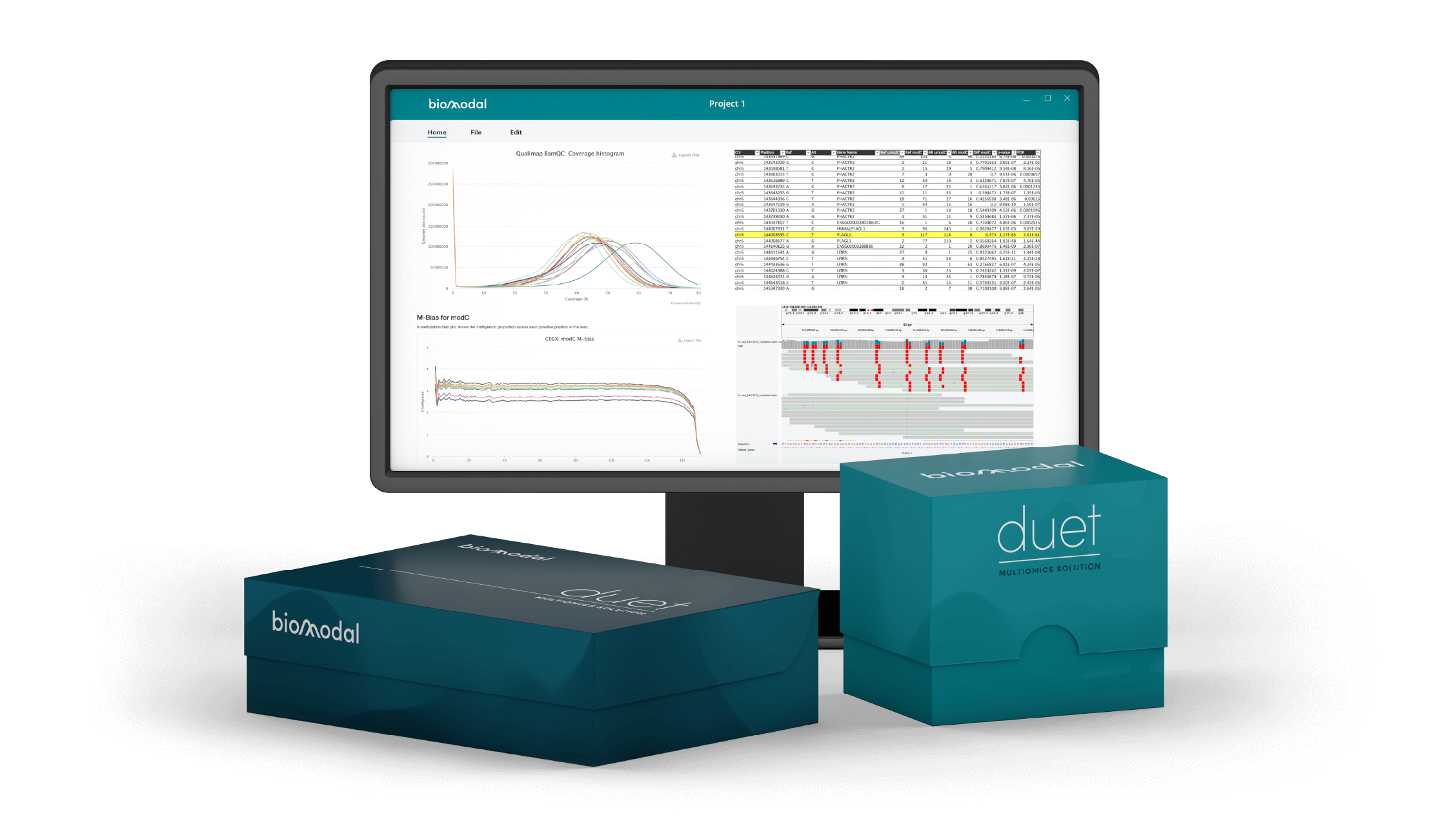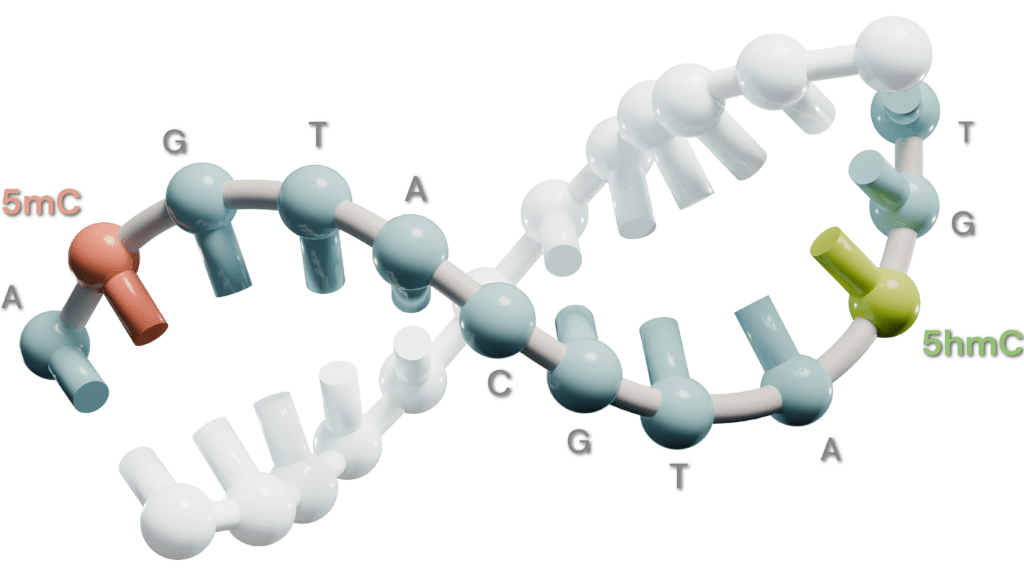Background:
Metastatic castration-resistant prostate cancer (mCRPC) exhibits high mortality due to the emergence of therapy resistance phenotypes. We recently tested a novel combination therapy in patients with mCRPC who had progressed on androgen receptor (AR)-targeted therapies, targeting PD-L1 and PARP1 with durvalumab and olaparib, respectively. While a subset of patients exhibited partial responses, most patients experienced disease progression within a year. The goal of the current study is to perform comprehensive profiling of circulating tumor DNA (ctDNA) and buffy coat to assess the molecularcharacteristics of progressive vs. responsive prostate tumors.
Methods:
We obtained plasma cell-free DNA (cfDNA), a mixture of ctDNA and other tissue-derived DNA, from 38 individuals treated with the PD-L1/PARP1-targeted combination therapy (NCT02484404) at baseline, after two months of treatment, and upon disease progression. Whole-genome sequencing (WGS, median coverage: 139×) was performed using cfDNA and buffy coat DNA as germline control. Germline and somatic mutations including small mutations and structural rearrangements were individually curated to determine cfDNA tumor fraction. To infer epigenetic regulation, whole-genome 5-hydroxymethylcytosine and 5-methylcytosine (5hmC and 5mC, respectively) sequencing was performed using the Biomodal evoCplatform. T/B cell receptor repertoire was inferred from buffy coat sequencing using MiXCR.
Results:
A negative association between baseline cfDNA tumor fraction and time-to-progression was observed. BRCA2 alterations were associated with durable responses, whereas oncogenic mutations in TP53 and MAPK signaling pathway were associated with intrinsic resistance or rapid progression. CDK12 deficiency, which is associated with a more immunogenic phenotype, was observed in three patients whose genomes harbored an abundance of tandem duplications, and demonstrated initial responses to therapy prior to eventual progression. Greater baseline clonotype diversity of the alpha/beta chains of the T cell receptor correlated with favorable response. Finally, using cfDNA methylation sequencing, we identified disease-specific AR signaling genes enriched for 5hmCs. Similarly, AR-associated transcription factor binding sites were enriched for 5hmCs and depleted for 5mCs. Notably, genes regulating immune activities and cell adhesion were progressively decorated with 5hmCs from a patient with CDK12 deficiency after treatment.
Conclusions:
Baseline genomic deficiencies associated with DNA damage repair and baseline T cell clonotype diversitywere differentially correlated with PD-L1/PARP1-targeted therapy response. Time-course evaluation of global patterns of 5hmCs and 5mCs identified distinct epigenetic mechanisms associated with therapy response or failure in each patient.
Authors: Chennan Li1, Anna Baj1, Clara C. Y. Seo1, Nicholas T. Terrigino1, John R. Bright1, S. Thomas Hennigan1, Isaiah M. King1, Scott Wilkinson1, Shana Y. Trostel1, William D. Figg1, William L. Dahut1, Jung-Min Lee2, David Y. Takeda1, Fatima Karzai1, and Adam G. Sowalsky1
Affiliations: 1Genitourinary Malignancies Branch, National Cancer Institute, Bethesda, Maryland, USA
2Women’s Malignancies Branch, National Cancer Institute, Bethesda, Maryland, USA



















